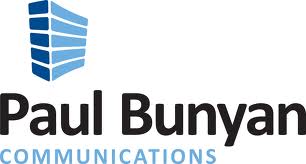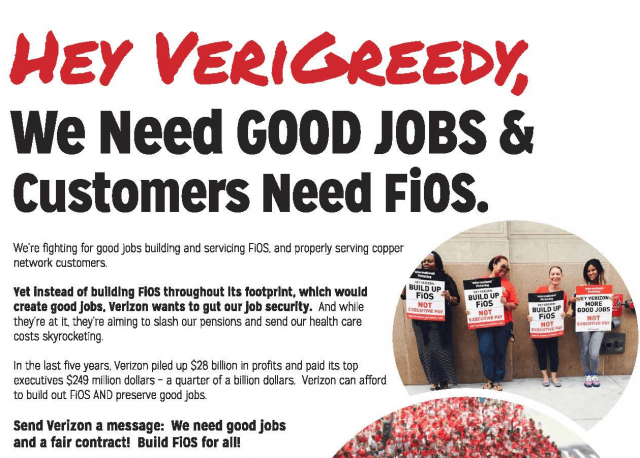 ”After considering all of our options, your leadership has decided not to go on strike at midnight tonight, even though we have not yet reached a contract agreement,” came word Sunday from Dennis Trainor, vice president for CWA District One, which represents Verizon workers in New Jersey, New York and Massachusetts.
”After considering all of our options, your leadership has decided not to go on strike at midnight tonight, even though we have not yet reached a contract agreement,” came word Sunday from Dennis Trainor, vice president for CWA District One, which represents Verizon workers in New Jersey, New York and Massachusetts.
Verizon’s workers will stay on the job for now, launching a new strategy that will include sharing information with customers about Verizon’s unwillingness to invest in FiOS fiber expansion and improved broadband and phone service. The PR war will extend not just to customers but also to the media, politicians, and regulators. The union’s message: “Verizon’s greed knows no bounds.”
“Despite $18 billion in profits over the last 18 months, and a quarter of a billion in compensation to its top executives over the last five years, this greedy corporation is still insisting on destroying our job security, forcing us to pay thousands of dollars more for our health care, and slashing our retirement security,” Trainor said in a bargaining update. “It’s a disgrace.”
“But we are not going to let our anger allow us to walk into a trap,” Trainor added. “It’s quite possible that Verizon is trying to provoke us into a long strike in order to try to break us. They have spent tens of millions of dollars preparing for a strike, training managers, hiring scabs and contractors, advertising against us on TV and radio. So your leadership has decided that if and when we strike, it will be on our terms, on our timing.”

Verizon’s FiOS expansion is still dead.
The union wants Verizon to expand FiOS throughout the company’s entire service area, not just a select few communities and wealthy suburbs. That’s a win for customers and for workers running fiber optic cables, installing and maintaining the service, according to the union. A series of radio ads from the CWA are running in New York and Pennsylvania telling customers “you just can’t trust Verizon” after the company failed to bring FiOS service across both states.
The CWA says the New York mayors of Albany, Syracuse, Kingston, Rome and Utica, as well as the town supervisor of Brookhaven, have joined the CWA in sharing their concerns Verizon has refused to build out its FiOS broadband and TV services across upstate New York, leaving customers with a neglected legacy copper network Verizon barely maintains.
Verizon spokesperson Rich Young attacked the CWA’s efforts to bring politicians looking for better broadband from Verizon into the negotiating process.
“The CWA owes these mayors an apology,” Young said. “These elected officials should be outraged that union leaders wasted their time attending a negotiating session today that had nothing to do with FiOS. Unfortunately, the mayors were seemingly misled to think FiOS deployment is an issue that’s being negotiated. It’s not. Sadly, it seems the mayors were just a ploy as part of this bargaining publicity gimmick.”

Sheil
“I can assure you, none of these mayors were misled,” said Kevin Sheil, president of CWA Local 1103. “Does the company really believe that the mayor’s constituents need for reliable High Speed Internet so underprivileged children could have additional educational opportunities is a union gimmick, or do they just not give a shit about the consumers in their footprint.”
Union officials expressed concern about Verizon’s latest contract offer, which would allow the company to transfer employees to any Verizon service area, in or out-of-state, on short notice. The union also noticed Verizon is limiting job opportunities in rural service areas, which could be another clue Verizon is planning to eventually sell off much of its rural landline network to another company. Some utilities that have experience fighting over infrastructure issues like telephone poles believe all signs point to Verizon’s exit of the landline business to focus on more profitable wireless service instead.
Union officials admit they could be in for a long fight with Verizon before another contract is signed. The hostility is coming from both sides. Verizon took heat for creating what the CWA is calling a “spy app” it has distributed to non-union employees to document and report bad behavior by union workers if a strike occurs. The app records a photo and the time and exact place of any vandalism or intimidation non-union workers encounter, and asks the user to write a short incident report that will be sent to corporate security.
The Communications Workers of America is running this radio ad slamming Verizon’s lack of FiOS deployment in Pennsylvania. (0:30)
You must remain on this page to hear the clip, or you can download the clip and listen later.
“Verizon should stop focusing on clever new ways to fire people and start focusing on bargaining in good faith towards a contract that protects workers’ job security and standard of living, and ensures that every customer is getting the highest quality service,” said Bob Master, legislative and political director for CWA District One. “The company’s petty attempts to intimidate workers do not bring us any closer to a fair collective bargaining agreement.”
Amy Seifer, Verizon associate general counsel for labor and employment, told RCR Wireless News, “The app serves three primary purposes: the first is a means for our management employees to report or document an unsafe situation, unlawful act, or violation of our code of conduct, and it will also be used by managers who have been assigned into these union positions for the duration of the strike to ask questions about installations or repairs they are handling. It also provides a means for our employees to submit suggestions on process improvements.”
“The answers [they receive in response] will be wrong anyway,” countered Ed Mooney, vice president of CWA District 2-13 on a town hall conference call.
Seifer did admit the app’s primary purpose was to assist non-union workers taking over during a work stoppage.
“If we get reports of misconduct, our corporate security office will do a thorough investigation then determine a course of action whether that’s suspension, termination or no action at all will be based on the outcome of the investigation,” Seifer said.
“We will rally, engage in informational picketing, build political and regulatory pressure on the company, follow all the company rules to the letter, never take shortcuts, pressure company executives and members of the board of directors,” said Trainor. “We will be disciplined, militant and united. This was not an easy decision. But it is the smart decision. And if and when the time comes, we will strike the company on our terms.”
The Communications Workers of America is airing this radio ad across upstate New York, telling consumers they were bypassed for Verizon FiOS because of the company’s broken promises. (0:30)
You must remain on this page to hear the clip, or you can download the clip and listen later.


 Subscribe
Subscribe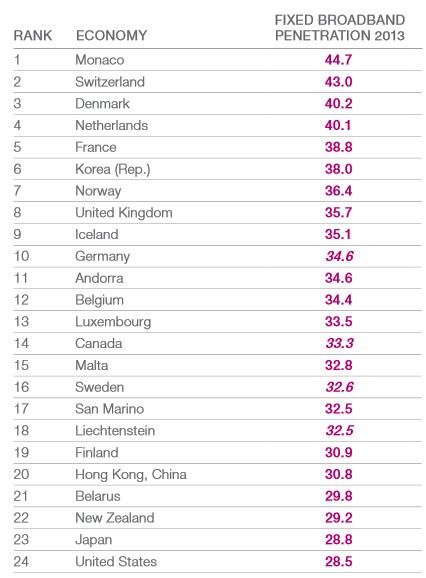
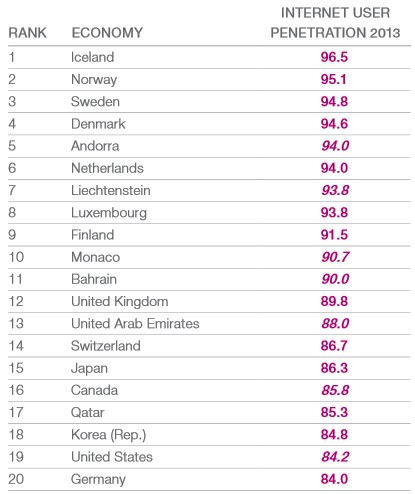
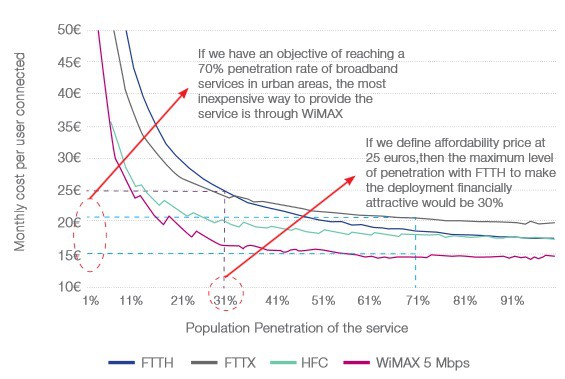
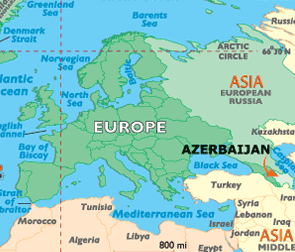 Azerbaijan, a former Soviet Republic in the Caucuses, is getting fiber to the home service and a nationwide speed guarantee of 10-100Mbps for all 9.3 million Azeris, no matter where they live in the country.
Azerbaijan, a former Soviet Republic in the Caucuses, is getting fiber to the home service and a nationwide speed guarantee of 10-100Mbps for all 9.3 million Azeris, no matter where they live in the country.
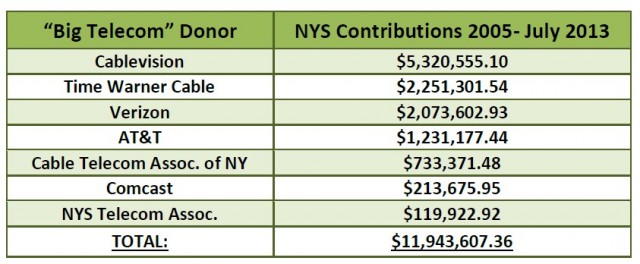 Since 2005, five cable and telephone companies and their respective lobbying trade associations have donated nearly $12 million to New York politicians, making Big Telecom companies among the biggest political donors in the state. Now a government reform group wants an investigation by the state’s anti-corruption commission.
Since 2005, five cable and telephone companies and their respective lobbying trade associations have donated nearly $12 million to New York politicians, making Big Telecom companies among the biggest political donors in the state. Now a government reform group wants an investigation by the state’s anti-corruption commission.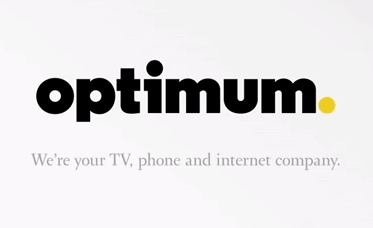
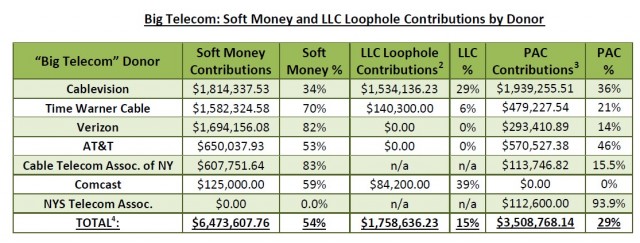
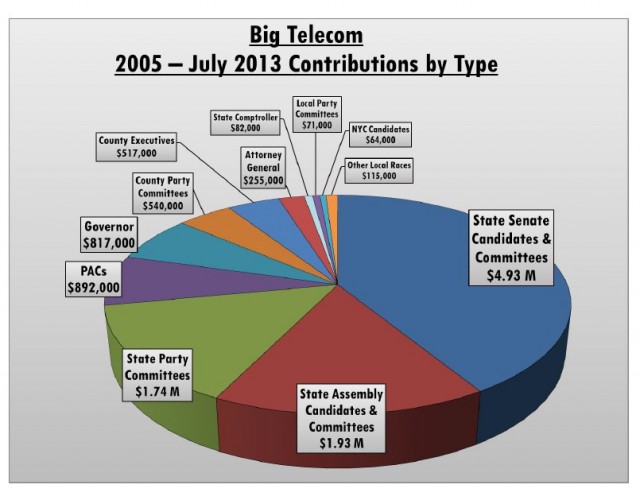 Where does all the money go?
Where does all the money go?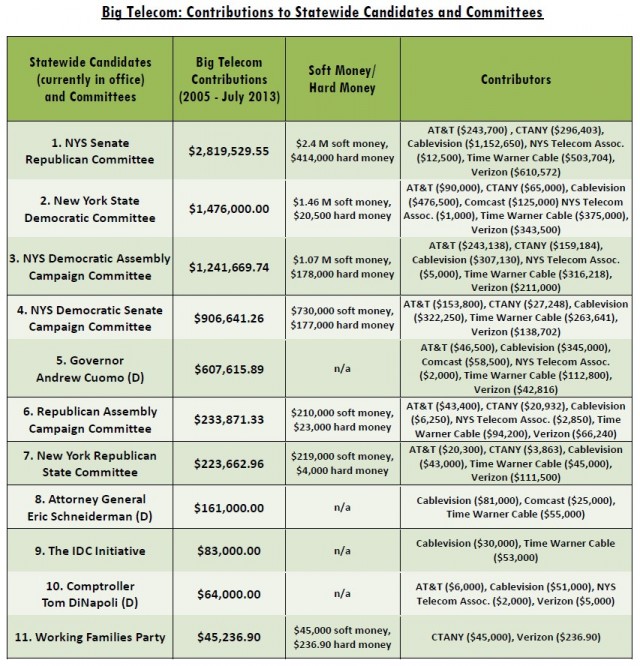
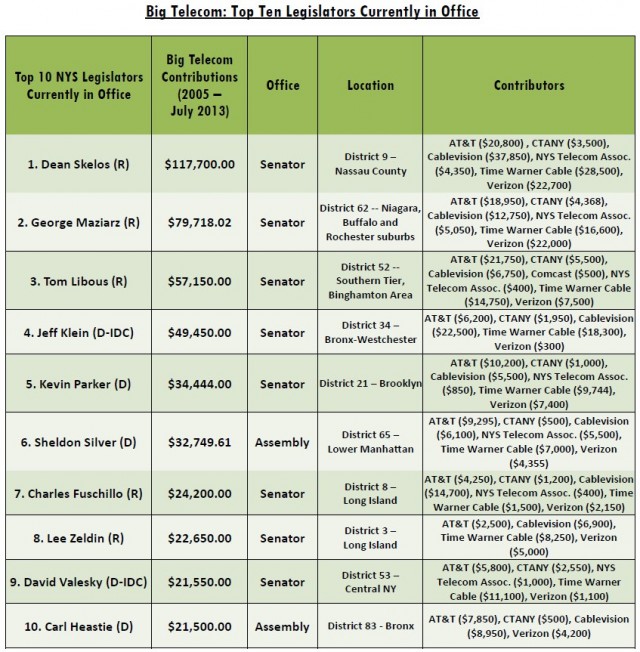
 A 7635-A / S5630-A: Establishes a moratorium on telephone corporations on the replacement of landline telephone service with a wireless system.
A 7635-A / S5630-A: Establishes a moratorium on telephone corporations on the replacement of landline telephone service with a wireless system.
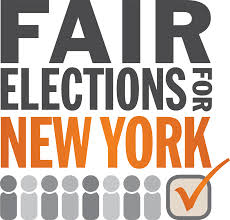 A6003/S5577 — Directs the Department of Public Service to study and report on the current status of cable television systems providing services over fiber optic cables.
A6003/S5577 — Directs the Department of Public Service to study and report on the current status of cable television systems providing services over fiber optic cables.
 A CenturyLink official made a remarkable concession in the state of Minnesota last week when he admitted the state’s community-owned broadband networks are better equipped to deliver 21st century broadband speeds that CenturyLink simply cannot provide.
A CenturyLink official made a remarkable concession in the state of Minnesota last week when he admitted the state’s community-owned broadband networks are better equipped to deliver 21st century broadband speeds that CenturyLink simply cannot provide.